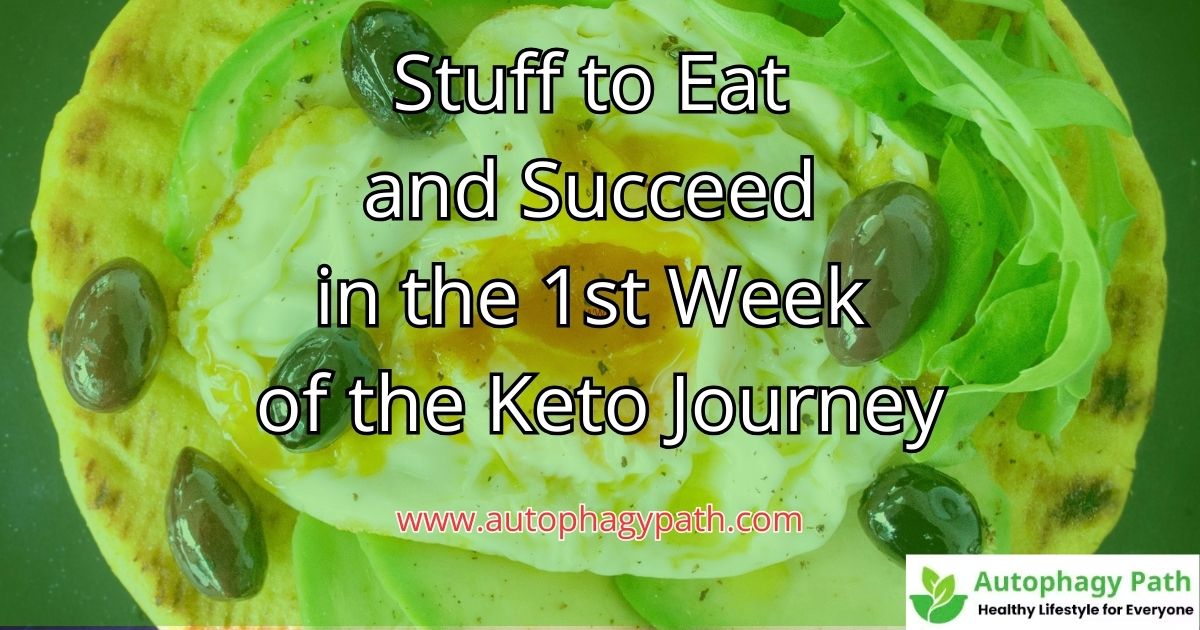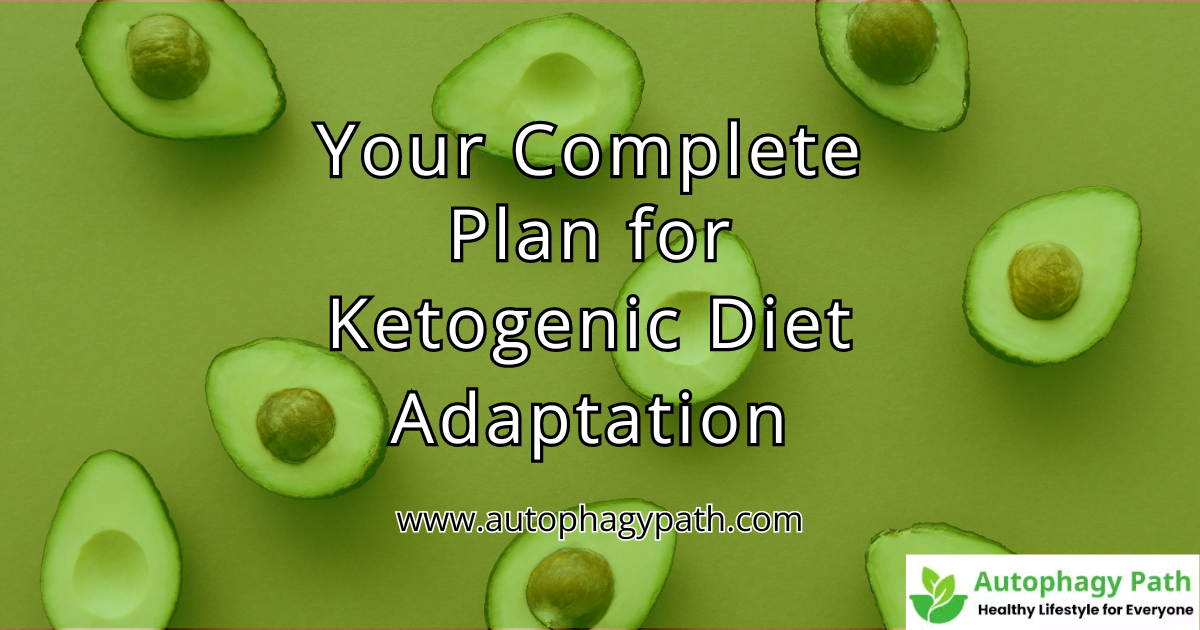A Keto Diet Menu for a Low-Carb Lifestyle
Are you curious about A Keto Diet Menu for a Low-Carb Lifestyle and how it can benefit your health? If so, you are in the right place and this blog post is for you!
This comprehensive guide will explore the ins and outs of a ketogenic diet meal plan, including its benefits, key components, a sample menu, and tips for success.
Whether you are new to the keto diet or looking for fresh ideas, this blog post named after a keto diet menu for a low-carb lifestyle is for you!
Table of Contents
A Keto Diet Menu for a Low-Carb Lifestyle

Benefits of a Keto Diet Meal Plan:
Before diving into the specifics, let us understand why a keto meal plan is gaining popularity among health-conscious individuals. Here are some key benefits:
Weight Loss: The keto diet is renowned for weight loss by inducing ketosis, a metabolic state where your body burns fat for fuel instead of carbohydrates.
Improved Energy Levels: Keeping stabilising blood sugar levels and providing energy from fats, a keto diet can help you feel more energised throughout the day.
Mental Clarity: Many people report improved focus and mental clarity when following a keto diet, attributed to the brain’s efficient use of ketones for energy.
Blood Sugar Regulation: For individuals with diabetes or insulin resistance, a keto diet may help regulate blood sugar levels and improve insulin sensitivity.
Reduced Inflammation: Some studies suggest that a keto diet may reduce inflammation in the body, potentially benefiting individuals with inflammatory conditions.
Appetite Control: The low-carb, high-fat, moderate-protein nature of a keto diet can help you feel satiated and less prone to cravings, supporting overall appetite control.
Now that we have covered, let us delve into the essential components of a keto diet meal plan.
Keyed Components of a Keto Diet Meal Plan:
Low Carbohydrate Intake: A keto diet typically restricts carbohydrate intake to around 20-50 grams to switch from glucose to ketones for fuel.
Moderate Protein Consumption: Protein intake should be moderate to avoid gluconeogenesis, a process where protein converts into glucose, potentially disrupting ketosis.
High Healthy Fats: Healthy fats such as avocados, nuts, seeds, and olive oil are staples of a keto diet, providing your daily calorie intake.
Non-Starchy Vegetables: While low in carbs, non-starchy vegetables like leafy greens, broccoli, and cauliflower are rich in nutrients and fibre, essential for overall health.
Hydration: Adequate hydration is crucial on a keto diet to support metabolism, electrolyte balance, and overall well-being.
Now, let us keep into action with a sample keto diet menu.
Sample Indian Vegetarian Keto Meal Plan:
Lunch:
Palak Paneer: Creamy spinach cooked with paneer cubes, garlic, ginger, and spices like garam masala, coriander, and fenugreek leaves in coconut cream or heavy cream.
Cauliflower Rice: Grated cauliflower sautéed with mustard seeds, curry leaves, green chilies, and turmeric in ghee or coconut oil.
Dinner:
Vegetable Korma: Mixed vegetables like cauliflower, bell peppers, carrots, and green beans cooked in rich coconut milk and almond paste gravy with spices like cumin, coriander, and red chili powder.
Keto Roti: A low-carb roti made with almond flour, coconut flour, psyllium husk powder, and water, cooked on a tawa with ghee or coconut oil.
This sample meal plan includes traditional Indian flavors and ingredients while staying true to the principles of a keto diet. Adjust portion sizes and ingredients as needed to fit your dietary preferences and macros. Enjoy your delicious and nutritious Indian vegetarian keto meals!

Sample Indian Non-Vegetarian Keto Meal Plan:
Lunch:
Chicken Curry: Tender chicken pieces simmered in a coconut milk-based curry with garlic, ginger, onions, and spices such as garam masala, turmeric, and red chili powder.
Cauliflower Rice: Grated cauliflower sautéed with mustard seeds, curry leaves, green chilies, and turmeric in ghee or coconut oil.
Dinner:
Fish Tikka: Marinated fish fillets (such as salmon or tilapia) grilled or baked with a blend of yogurt, spices like cumin, coriander, paprika, and a squeeze of lemon juice.
Keto Naan: A low-carb naan made with almond flour, coconut flour, psyllium husk powder, yogurt, and baking powder, cooked on a tawa with ghee or coconut oil.
Adjust the spices, ingredients, and portion sizes according to your taste preferences and dietary requirements. This meal plan provides a flavorful and satisfying array of Indian non-vegetarian keto dishes to enjoy while in ketosis. Bon appétit!

Tips for Success on a Keto Diet:
Plan Ahead: Meal prepping and planning your meals can help you stay on track and avoid temptations.
Read Labels: Read hidden sugars and carbs in processed foods and nutrition labels carefully.
Stay Hydrated: Drink plenty of water throughout the day and consider supplementing with electrolytes to prevent keto flu symptoms.
Incorporate Variety: Keep your keto meals exciting with different ingredients.
Listen to Your Body: Pay attention to how your body responds to the keto diet and adjust as needed to meet your personal needs.
Let us dive deeper into the specifics of a keto diet in an Indian context, focusing on non-vegetarian options and exploring additional aspects that can enhance your understanding and implementation of this dietary approach.
1. Importance of Macros in Indian Non-Vegetarian Keto Meals
When crafting a keto meal plan, macronutrients (macros) are essential. The non-vegetarian keto diet has protein, moderate fats, and minimal carbohydrates. Indian cuisine offers a rich array of protein sources like chicken, fish, and eggs, which are integral to meeting your daily protein goals while staying low-carb. Pairing this with intermittent fasting can further enhance ketosis and promote autophagy, the cellular self-cleaning process.
2. Incorporating Traditional Indian Spices and Flavours
One of the joys of Indian cooking is the vibrant palette of spices used to create complex and flavorful dishes. When adopting a keto diet, you can continue to enjoy these spices while being mindful of their carbohydrate content. Spices like turmeric, cumin, coriander, garam masala, and chili powder add depth to your meals and offer potential health benefits, including anti-inflammatory properties. Including yoga and moderate exercise in your routine can complement the ketogenic meal plan by promoting overall well-being.
3. Exploring Regional Varieties of Indian Non-Vegetarian Keto Dishes
India’s diverse culinary landscape presents a treasure trove of keto-friendly options across different regions. For instance, the coastal region offers delectable seafood dishes such as fish curries, prawn masalas, and tandoori fish tikka. Inland areas boast flavorful chicken and mutton preparations like butter chicken, chicken tikka masala, and Rogan Josh. Exploring these regional specialties can add variety and excitement to your keto meal plan while supporting ketosis.
4. Adapting Street Food Favorites into Keto Versions
Indian street food is renowned for its bold flavors and innovative combinations. While many street foods are carb-heavy, you can create keto-friendly versions at home. For example, keto kebabs made with minced meat and spices, grilled to perfection, or keto-friendly versions of chaat using ingredients like paneer, cucumber, and mint chutney can satisfy your cravings without derailing your keto goals. Incorporating autophagic practices such as intermittent fasting can further optimise health benefits.
5. Navigating Social Gatherings and Festivals on a Keto Diet
Indian culture celebrates a multitude of festivals and social gatherings centered around food. These occasions on a keto diet require thoughtful planning and communication. You can opt for keto-friendly dishes or offer to bring your keto creations to share. For festivals like Diwali or Holi, experimenting with sugar-free sweets like almond barfis or coconut laddoos can align with your dietary choices while indulging in the festive spirit. Balancing these indulgences with moderate exercise can help maintain ketosis and overall health.
6. Understanding the Role of Healthy Fats in Indian Keto Cooking
While fats are a cornerstone of the keto diet, it is essential to prioritise healthy fats. Indian cuisine offers a range of healthy fat sources such as ghee (clarified butter), coconut oil, olive oil, and avocado oil. These fats enhance the flavor and richness of your dishes but also provide essential nutrients and support ketosis. Including intermittent fasting in your routine can promote autophagy, aiding cellular renewal and health.
7. Embracing Seasonal and Local Produce in Keto Meal Planning
Incorporating seasonal and locally sourced vegetables into your keto meals supports sustainability and adds freshness and nutritional variety. Vegetables like spinach, kale, cauliflower, broccoli, and bell peppers can be featured in stir-fries, curries, and salads, complementing your non-vegetarian keto dishes. Pairing these meals with moderate exercise and yoga can promote overall wellness and enhance the benefits of the ketogenic diet.
8. Practicing Mindful Eating and Portion Control
While the keto diet offers flexibility and satiating meals, practicing mindful eating and portion control is primary to success. Pay attention to hunger cues, focus on nutrient-dense foods, and avoid mindless snacking to maintain a healthy balance while on a keto journey. Incorporating intermittent fasting can also support mindful eating habits and enhance the metabolic benefits of ketosis.
9. Seeking Professional Guidance and Monitoring Health Markers
Before embarking on any dietary change, including the keto diet, consulting with a healthcare professional or registered dietitian is advisable, especially if you have underlying health conditions or specific nutritional needs. Regular monitoring of health markers such as blood sugar levels, cholesterol, and overall well-being can provide valuable insights and ensure your keto diet for your individual health goals. Incorporating autophagic practices like intermittent fasting can further enhance metabolic health and longevity.
10. Finding Community and Support in the Keto Lifestyle
Building a support network of like-minded individuals following the keto lifestyle can offer motivation, inspiration, and practical tips. Online forums, social media groups, and local keto meetups are avenues to connect, share experiences, and learn from others on similar journeys. Engaging in activities like yoga and moderate exercise with this community can foster a holistic approach to health and well-being while on a ketogenic meal plan.

Frequently Asked Questions
The top 10 keto-friendly foods include:
Avocados: It is one of the good sources of healthy fat.
Eggs: Excellent source of protein and essential nutrients.
Olive Oil: Olive Oil is the best natural source for salad dressings.
Leafy Greens: Low-carb, high-fiber options like spinach and kale fall under this category.
Nuts and Seeds: Almonds, chia seeds, and walnuts are keto-friendly.
Fatty Fish: Salmon, mackerel, and sardines are high in omega-3s.
Cheese: High-fat, low-carb options like cheddar and mozzarella.
Meat and Poultry: Beef, chicken, and turkey are protein-rich.
Coconut Oil: Versatile fat for cooking and baking.
Berries: Limited quantities of raspberries and blackberries are lower in carbs.
These foods can support a ketogenic diet by promoting fat-burning and ketosis.
On a keto diet, foods weighing 20-50 grams of net carbs are typically considered low-carb. The quantity of dietary fiber is subtracted from total carbs to get net carbs. This level of carb restriction helps the body enter and maintain a state of ketosis, where it burns fat for energy instead of carbs.
A typical day on a keto diet might include:
Breakfast: Scrambled eggs with spinach and avocado.
Lunch: Grilled chicken salad with mixed greens, cheese, and olive oil dressing.
Snack: Handful of almonds or cheese sticks.
Dinner: A small quantity of cauliflower rice is added to baked salmon to fill the satiety gaps.
Dessert: Keto-friendly treat like a sugar-free chocolate mousse.
This meal plan focuses on high-fat, moderate-protein, and low-carb foods to maintain ketosis and support fat-burning.
However, eating twice is always recommended by maintaining 16/8 hour windows on Intermittent Fasting.
On a keto diet, you can eat foods such as:
Veggies, greens, broccoli, and cauliflower
High-fat foods such as avocados, nuts, and seeds
Protein sources like meat, poultry, and fish
Good dietary fats viz. olive oil, coconut oil, and butter
Full-fat dairy products like cheese and cream
Berries in moderation.
Avoid high-carb foods like grains, sugar, and starchy vegetables to stay in ketosis.
Conclusion: Embracing a Low-Carb Lifestyle
In conclusion, a keto meal plan offers benefits, from weight loss and increased energy to improved overall health. Adopting the key components outlined in this guide and incorporating delicious keto-friendly meals into your routine, you can embark on a fulfilling low-carb lifestyle. Consult a healthcare professional before making significant dietary changes, especially if you have underlying health conditions or concerns. Here is to your health and well-being on your keto journey!






